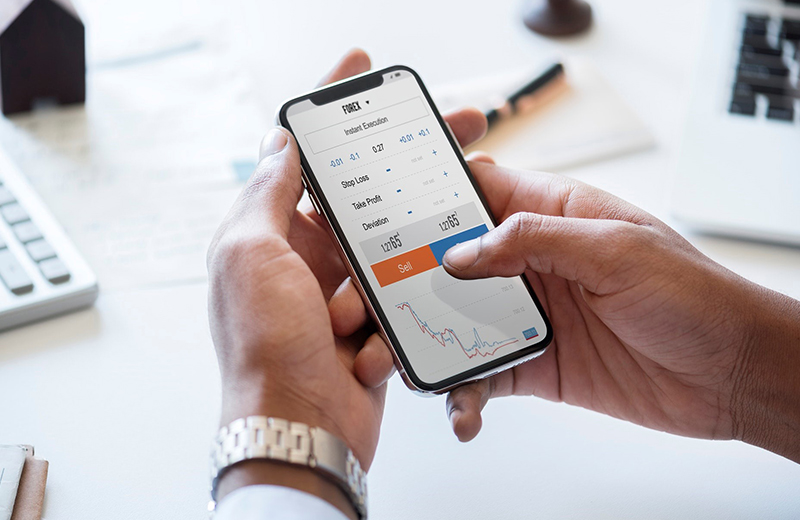
Traders can conduct transactions and analyses of financial products across a network with a broker, market maker, or stock exchange with the assistance of trading software. Traders can use trading software regardless of their location. There is a comparison between trading software and open outcry floor trading.
Online trading platforms, such as MetaTrader4 are typically offered at no cost or at a discounted rate to customers who have funded accounts. The app allows users to administer their accounts using a desktop computer, a mobile device, or the internet.
Comprehending the Role of Trading Software
Through the use of trading platforms, investors are able to monitor trades, place orders, open and close transactions, and more. The majority of traders today prefer to conduct their business through online trading accounts rather than on traditional trading desks. APIs make it possible to join two separate pieces of software so that they function as a single entity, which is an improvement to the efficiency of trading systems.
There are commercial as well as proprietary trading systems available. Research and education tools are included on commercial platforms catering to day traders as well as ordinary investors. Prop systems are built for significant brokerages’ trading requirements and preferences.
Typical Components of Financial Trading Software
The following is a list of some of the essential features that are incorporated in trading software:
Order placement
Most trading software enables users to place new orders, which can be of various forms, including market orders, limit orders, and others. Users cannot only view prices as they are in real-time but also track trading data for the day, the victory rate for the day, as well as the profit or loss on trades that have been closed.
Technical analysis
Trading platforms equip users with a variety of tools, including interactive charting, chart patterns, and technical indicators, to facilitate stock analysis and the identification of patterns in the movement of securities. Users have the ability to personalize specific aspects of their charts, including resistance lines, indicators, and comparisons of different industries, and then save those modifications for use at a later time.
Programmatic trading
A few trading platforms come equipped with a function known as programmatic trading, which enables users to carry out trades in an automated fashion. This eliminates the need for users to manually click a button in order to carry out a particular operation. Additionally, users can test how the automated trading system responds to various commands.
Paper trading
Paper trading is a sort of trading that does not involve the actual exchange of money and is included in most trading platforms. Users are able to evaluate their level of expertise before investing actual funds by participating in trades that do not involve real money. Users are able to put a variety of tactics to the test to determine which ones are successful without putting their own money in danger.
Takeaway
The use of online trading platforms has been beneficial for a significant number of people. They have shown them where their money is and provided them with an approach to investing in themselves that is straightforward to grasp
By Staff Writer.